Range hoods are electric kitchen appliances that get mounted over a range for removing hot and pungent gases from your cooking. Range hoods come in either ducted or ductless hoods. Ducted range hoods collect hot gases from your range and force them outside of your home, while cold fresh air is allowed in. Ductless hoods work by simply re-circulating the hot gases. A lot of range hoods comprise of various parts that play a part in the cleaning of air in kitchen areas. These comprise of lighting, filters, a speed selector switch, a duct system, and a blower. This post details how range hoods work by looking at its various factors and functions.
Electric fans
Every range hood, including ones that are ducted, has an electric fan that is responsible for blowing hot gases from your range. When switching on the range hood, the fans begin spinning and as a result, hot gases and air pollutants get drawn into the range hood using the Bernoulli principle. The velocity at which the electric fans spin establishes the effectiveness and noise degrees of the range hood. A range hood with a velocity of around 200 CFM is more effective and louder than a range hood with a velocity of 150 CFM. Nevertheless, more state-of-the-art range hoods now come a with noise cancellation feature, and some are totally silent in spite of the high blowing speeds. State-of-the-art range hoods come with remote controlled electric fans, whereas some have fan speed retention.
The Duct
In the ducted ones, the duct is designated to direct hot gases out of the home from the range. As hot gases rise and get sucked in by the electric fan, they are then channeled into the duct, which directs them to the outside. They are typically made of stainless steel in cases in which they are attached to the surface of a wall. In cases in which they are inserted into a wall, they can be made of PVC. A ductless one depends on the electrical fan for cooling the air around the range off, in which you are going to rely on your A/C to some degree because the ductless range hood doesn’t cool the air off efficiently.
The Lighting
Many range hoods, particularly the more state-of-the-art ones, have lights that light up the range. This is advantageous in that it aids you to see the food you are cooking, therefore decreasing the possibility of burning your food. This additionally means that you can save lots of money because you don’t have to turn on the lights around the kitchen; you can depend on the range hoods light instead. More state-of-the-art range hoods come with automatic lighting, whereas some have lighting level retention so that you don’t have to keep resetting it each time you are cooking.
The Filters
Following the electric fan drawing hot gases from the range, it heads into the filters. These trap grease spatter and smoke particles, therefore keeping your stove, pots and pans clean. Ductless range hoods come with a charcoal filter for the removal of grease spatter and smoke particles from the hot gases prior to the fan recirculating the air back into the kitchen. For better and extended usability of the range hood, you need clean its filter every 3 months. This happens due to declining to clean it that usually leaves the filter clogged with grease and therefore the air is not effectively cleaned. You could even sustain higher energy bills because the clogged filter needs the electric fan to work even harder.
Selector Switch
Every range hood has a selector switch panel that includes the ON/OFF switch, control speeds in addition to the switch for turning the lighting on or off. Whereas older range hoods have a hand used selector switch panel, new state-of-the-art ranges are controlled via remote. Nevertheless, they have a manual control panel to use when the remote sensor no longer works. The space between the cooktop and the bottom of the range hood also dictates how effective the range hood is.
GET A CUSTOM RANGE HOOD QUOTE TODAY!
We offer custom range hoods in Scottsdale, Paradise Valley, Glendale, Mesa, Phoenix, and anywhere else in Arizona. Need a custom range hood designed, fabricated, and shipped to California, New Mexico, Colorado, Oregon, Washington State, or Utah? We can help with that too! For more information about getting a new range hood please give us a call at (480) 490-2935.







